Mastering the Crosswind Landing Technique: Tips for Safer Touchdowns
Pilot's Life Blog
JUNE 18, 2025
Wing Low (Sideslip) Method This technique involves lowering the wing into the wind and using the opposite rudder to keep the aircraft aligned with the runway. The lowered wing counters the wind drift, while the rudder maintains directional control. Use rudder inputs to keep the aircraft tracking straight as you slow down.



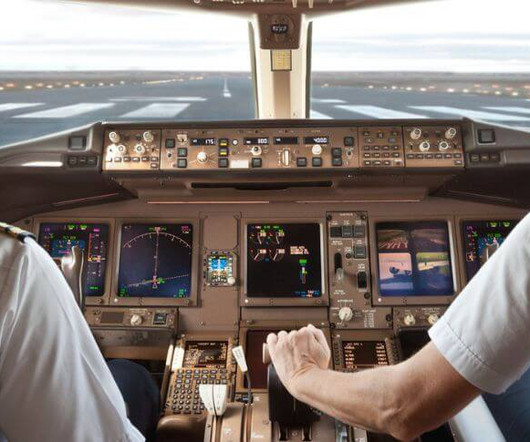

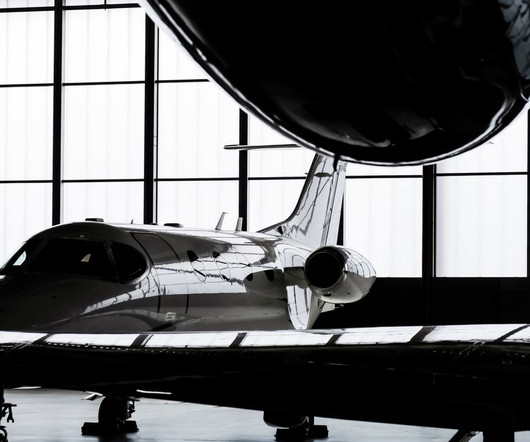



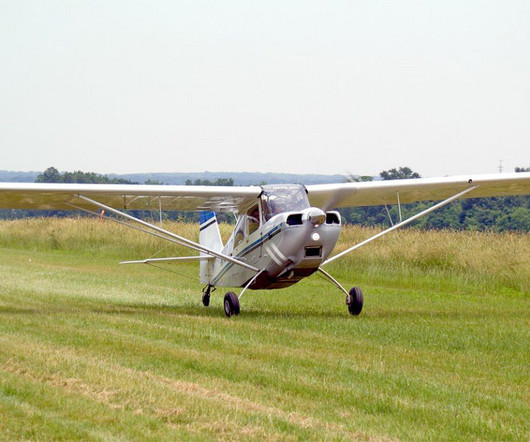

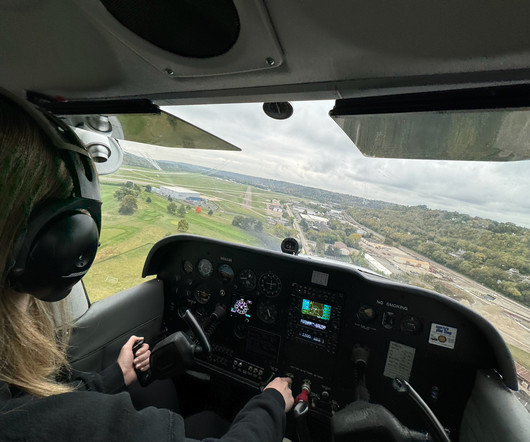

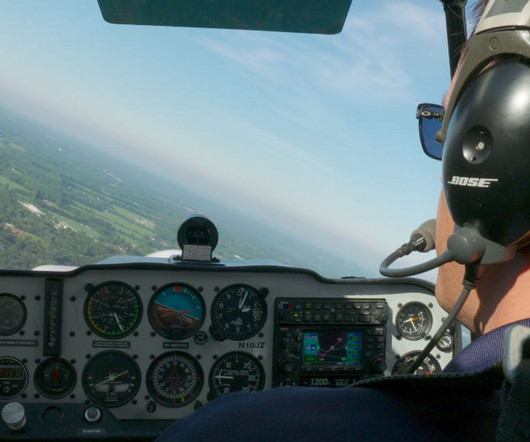

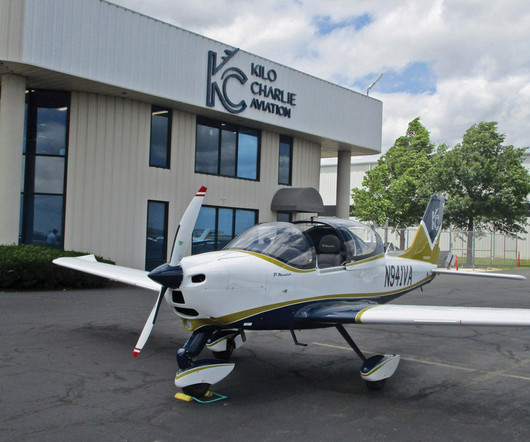






Let's personalize your content